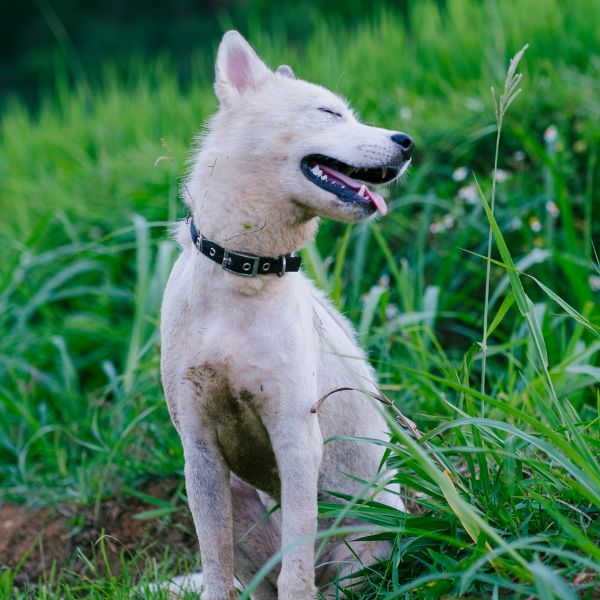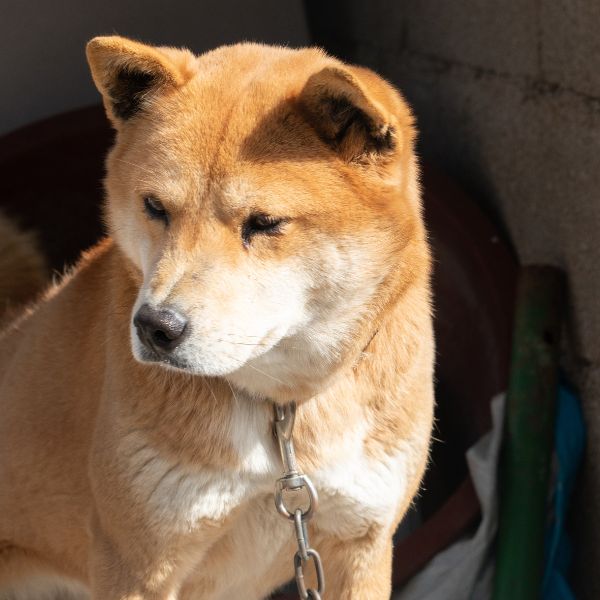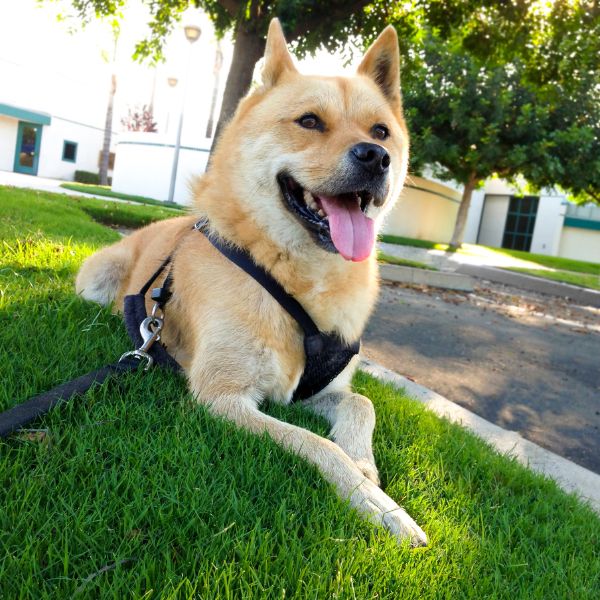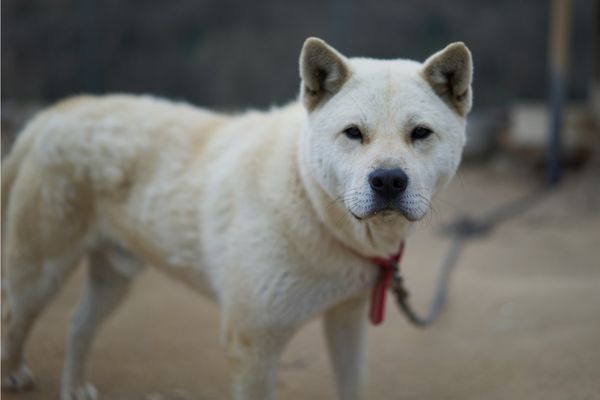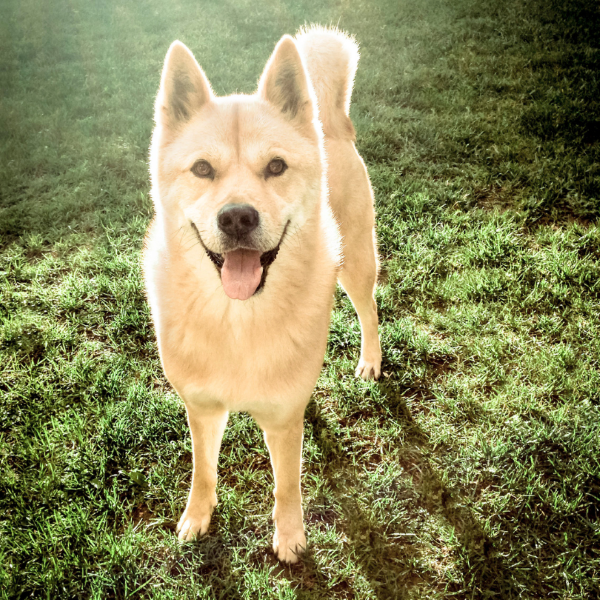Jindo mix breeds
Most foster Jindo’s from South Korea will be a Jindo mix. or simply a Korean Village dog. Sometimes they are called Nureongi.
Korean Village Dogs, specifically Jindos, have a rich history and are deeply rooted in South Korea. Jindos are known for their loyalty, cleanliness, and obedience when properly trained. However, due to their historical background as landrace dogs and the practice of keeping them outside on chains, Jindos often mix and crossbreed, resulting in a variety of Jindo mixes. In this article, we will delve into the unique characteristics of Jindo mixes and their relationship with purebred Jindos.
1. The Origins of Jindo Mixes
Most foster Jindos from South Korea are Jindo mixes rather than purebreds. This is primarily due to the fact that rural Jindos in South Korea spend the majority of their time outdoors on chains. Consequently, female Jindos are often serviced by loose or stray dogs in the neighborhood, resulting in unplanned and unwanted Jindo puppies. Furthermore, Jindos were historically landrace dogs, meaning they were not selectively bred. They freely roamed and reproduced in the local area, leading to the development of Jindos and other Korean landrace breeds like the Nureongi.
2. Jindo Mix Personality Compared to Purebred Jindos
Jindo mixes typically exhibit similar personalities to purebred Jindos. They are loyal, clean, and obedient dogs, especially when provided with proper training. However, without training, Jindo mixes may display a propensity for roaming and patrolling their territory. Some Jindo mixes can also be escape artists if not adequately supervised. Like purebred Jindos, Jindo mixes require a significant amount of exercise. Walking them at least twice daily is recommended for their mental well-being.
Based on my personal experience with my Jindo mix, I have found that he shares many traits with a typical Jindo. He is fiercely loyal, always by my side, and incredibly clean. With consistent training, he has become an obedient and well-behaved companion. However, when left to his own devices, he loves to explore and can be quite the escape artist. I’ve had to ensure that our yard is secure and that he is always supervised during outdoor activities.
3. Barking Tendencies and Hunting Instincts
The barking tendencies of Jindo mixes can vary from dog to dog and depend on their upbringing. If a Jindo mix is properly cared for, exercised, and trained, it is likely to be a calm and quiet dog. However, neglected dogs that are kept on chains or in cages may develop aggressive barking behaviors.
In my case, my Jindo mix has a moderate tendency to bark. He is generally quiet indoors and only barks when he senses a potential threat or when playing with other dogs. However, when outside, his hunting instincts kick in, and he becomes more vocal. He has an extreme hatred towards pheasants and can detect their scent from a mile away. I’ve witnessed him leaping through thick vegetation in an attempt to flush them out. It’s a testament to his strong prey drive, which is a common trait in both Jindos and Jindo mixes.
4. Tidiness and Coat Variations
Jindo mixes, much like purebred Jindos, tend to be tidy dogs. They have an aversion to defecating in their living spaces and will often hold it for several days rather than soiling their bed or immediate surroundings. Some Jindo mixes display behaviors similar to cats, hiding their feces by pushing it into vegetation or roughly burying it.
In terms of appearance, my Jindo mix has

